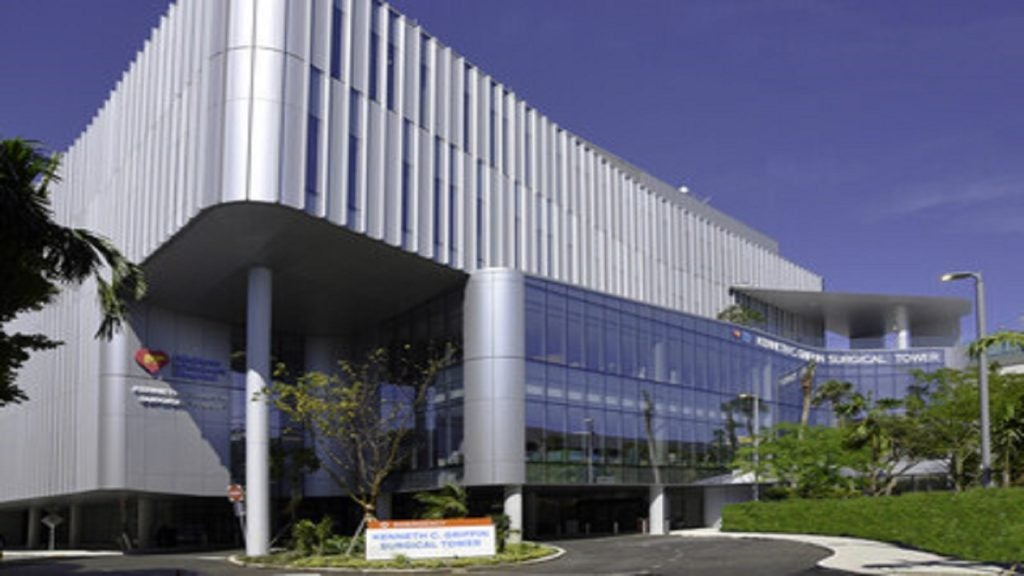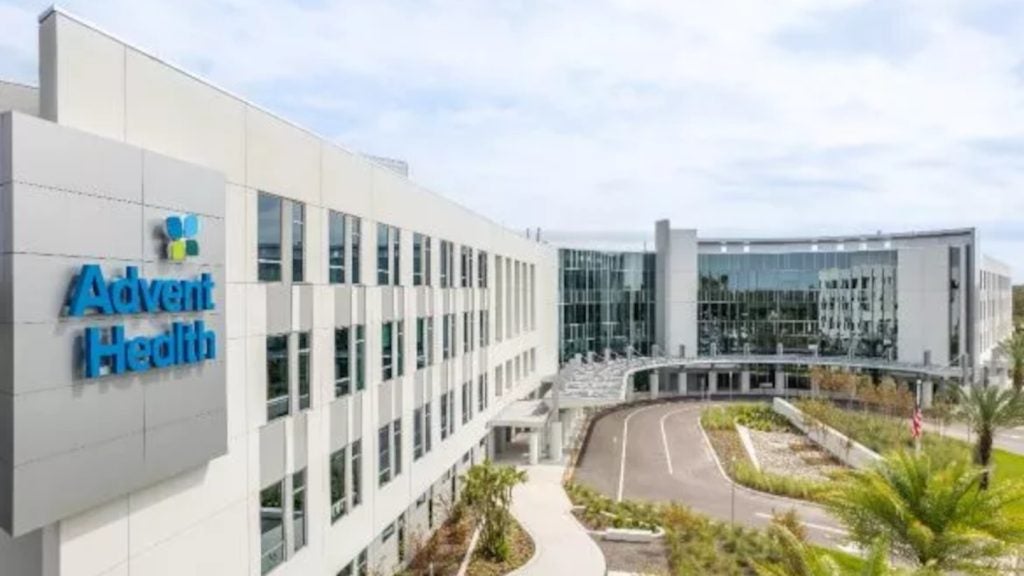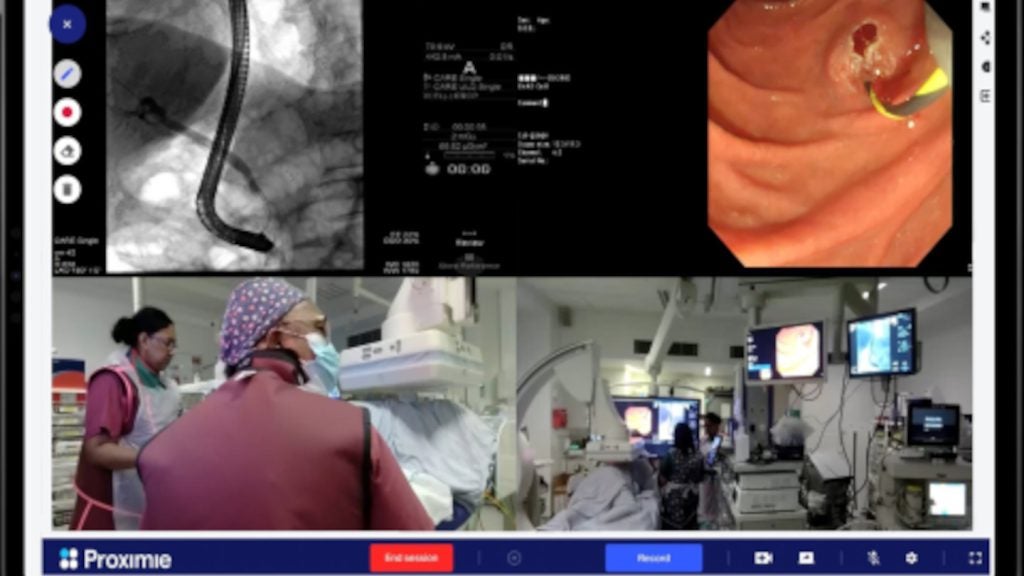
SIMPeds, Boston Children’s Hospital’s simulator programme, has collaborated with special effects company Fractured FX to develop ultra-realistic models of patients’ anatomy for surgical and medical training.
The new models or simulators will allow clinicians to practise and rehearse difficult or complex medical procedures without any risk to patients.
Fractured FX will be responsible for managing manufacturing of the models, which will be commercially offered to other medical centres over the next year by Boston Children’s.
The models include artificial tissues that bleed and pulsate, manmade blood vessels that feel real when doctors insert a catheter and special gels that feel similar to brain tissue when an endoscope is guided through them.
Boston Children’s Hospital SIMPeds director Peter Weinstock said: "This is the nexus of medicine and art, surgery and cinema.
"Getting the look and feel right is very important, particularly to surgeons and proceduralists.
How well do you really know your competitors?
Access the most comprehensive Company Profiles on the market, powered by GlobalData. Save hours of research. Gain competitive edge.

Thank you!
Your download email will arrive shortly
Not ready to buy yet? Download a free sample
We are confident about the unique quality of our Company Profiles. However, we want you to make the most beneficial decision for your business, so we offer a free sample that you can download by submitting the below form
By GlobalData"To make simulations effective, you want to promote suspension of disbelief, to create an environment where everyone is believing that they’re working on a real child.
"Other simulators exist but their aesthetics and anatomy are fairly rudimentary, making it hard to keep people’s heads in the game.
"We’re excited to have these new simulators change that."
Both parties started discussions in 2014 and Fractured FX began prototyping trainers earlier this year together with SIMPeds’ SIMEngineering division.
Fractured FX CEO Justin Raleigh said: "A lot of us had aspirations in medicine, and have collaborated with prosthesiologists to help improve prosthetics artistically.
"We wanted to take our skills in special effects to try and help people.
"We’ve had to come up with new techniques to develop the elements you’d see in surgery, something we never had to do for film."
One of the trainers was designed to help surgeons with critically ill children on heart-lung bypass (ECMO), which involves introducing tubes into the internal jugular vein and carotid artery.
Realistic models of the neck and upper chest, including blood vessels and the vagus nerve have been created by members of Boston Children’s ECMO team in collaboration with artists from Fractured FX.
The existing trainers have thick silicone skin that had to be cut through with a knife.
Compared to current trainers, the new models have realistic skin with subcutaneous fat that surgeons can dissect through and muscles surgeons can spread.
Developed in consultation with Boston Children’s neurosurgeons, the second trainer is used to teach surgical residents how to perform a tricky procedure called endoscopic third ventriculostomy (ETV), used to treat hydrocephalus.
Image: This image shows the opening flap made in the scalp to prepare for ETV surgery. Photo: courtesy of PRNewsFoto / Boston Children’s Hospital.







